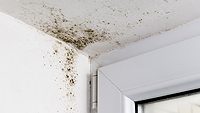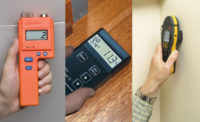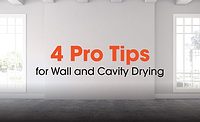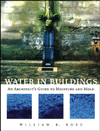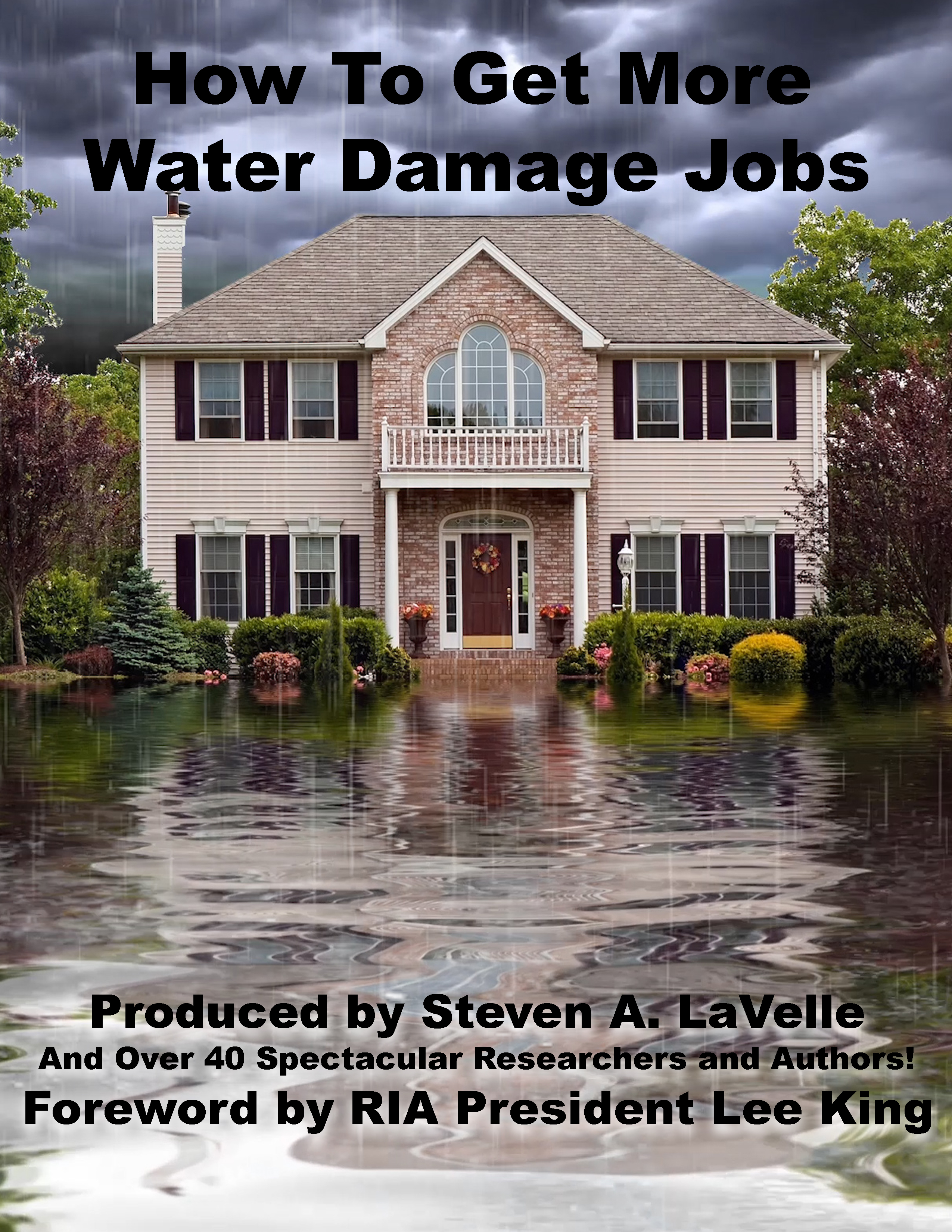Dry or Demolish? Navigating the Complexities of Wall Cavity Restoration
When dealing with water damage, every choice matters. Dry in place or tear down?

Image credit: Darren Foote.
There are many considerations when drying a structure, including the Standard of Care, our experience, available resources and the client's needs.
We decide what to remove and discard and what to dry in place, such as carpet, pad, wood floors, drywall, etc. Some companies may routinely save carpet cushion (i.e., pad) on a Category 1 water intrusion, whereas other contractors feel it is more effective overall to simply remove and discard the pad when it is affected by any water damage. The majority of contractors discard pad. However, either approach can be appropriate depending on the circumstances.
The same approach may apply to drying drywall on walls through the interstitial spaces in wall assemblies, leaving the wall intact or substantially intact. We will refer to this as wall cavity drying. Sometimes, contractors feel it is easier, cheaper and less risky to always cut out and discard wet drywall. However, there are situations where it makes sense to dry the walls in place with minor demolition or damage to the drywall.

Photo: Darren Foote
What are some considerations for drying or tearing out drywall on walls?
Reasons to remove drywall:
- It has been affected by Category 3 water.
- It could be less expensive to tear it out, dry the framing and replace the drywall.
- There is wet or compromised insulation in the wall that needs to be removed.
- The possibility that as water evaporates in the wall cavity, the airflow will redistribute the moisture to other areas such as above drop grid ceilings (causing secondary damage).
- In some situations, tearing out the drywall, drying the structural materials and replacing the drywall could be faster. This could especially be true with metal framing on a concrete slab. In some circumstances, this could minimize business interruption, especially if repairs are done after hours.
- Concerns about unknown contamination in the wall cavity, such as mold, rodent droppings and construction debris, which could be transferred to other parts of the building.
Reasons to dry in place and save the drywall:
- Could reduce business downtime from demolition and repairs.
- Difficulty in matching wall texture where a flood cut was.
- To save wallpaper, faux or sponge paint finishes that cannot be matched.
- To save cabinets or built-ins, including expensive countertops.
- Removal and replacement of drywall could be difficult or complex due to location (e.g., behind a water heater or furnace)

Photo: Darren Foote
There are several methods or options available to dry wall cavities, including:
- Drill holes in the wall and place airmovers at an angle so airflow is entering the holes.
- Using a high-pressure cavity drying system with tubes or nozzles inserted into the wall cavity.
- Installing an adapter on a centrifugal or axial airmover, allowing for higher CFM to be inserted into the wall cavity, also using tubes or nozzles.
- Drilling holes in the wall and utilizing lay-flat ducting or plastic sheeting to focus the air from an airmover to the lower part of the wall.
When drying a wall cavity, there are procedures and precautions to follow. By cutting the access holes above the bottom/sill plate and below the top of the baseboard, we provide good airflow and keep the repairs below the baseboard line. It is important to carefully score the caulk at the top of the baseboard without damaging the drywall texture. The goal is to dry the wall cavity without requiring texture repairs or the need to paint the wall. The holes can then be patched and the baseboard reinstalled. Note: if drying a fire-rated wall, the patch must bring the wall back to the same fire rating.
Due to the possibility of blowing the evaporated moisture or unknown contaminants to other parts of the structure, it is a good idea to push airflow into one section of the wall and draw air out of another section of the same wall with an inline HEPA filter or into a space that is under negative pressure and HEPA filtration. Regardless of the Category of water damage, we should always assume there could be unknown contamination in a wall cavity and take appropriate precautions. Additionally, as airflow is ducted into the wall cavity to promote evaporation, exhaust holes should also be available for moisture to exit the wall cavity and be removed by dehumidifiers or ventilation.

Photo: Darren Foote
What does the ANSI/IICRC S500 2021 Standard for Professional Water Damage Restoration say about drying wall cavities?
“Following a Category 3 water intrusion, affected materials or assemblies that should be removed and replaced include... gypsum wallboard (single-layer, multiple-layers, both standard and fire-rated)...” (16.2.2.2)
“Airmovers should be set up to provide continuous airflow across all affected wet surfaces (e.g., floors, walls, ceilings, framing). In order to achieve this, it is recommended that restorers position airmovers to…ensure adequate circulation of air throughout the drying environment to include interstitial spaces;...” (12.5.3)
“Where cleaning cannot sufficiently remove soil or particulates, when airflow is directed through interstitial spaces,...it is recommended restorers install one or more air filtration devices (AFDs).” (12.5.3)
Wall cavity drying is a tool in the toolbox. It is not the correct choice for every job, but when appropriate, it can provide numerous benefits for our customers.
Looking for a reprint of this article?
From high-res PDFs to custom plaques, order your copy today!




